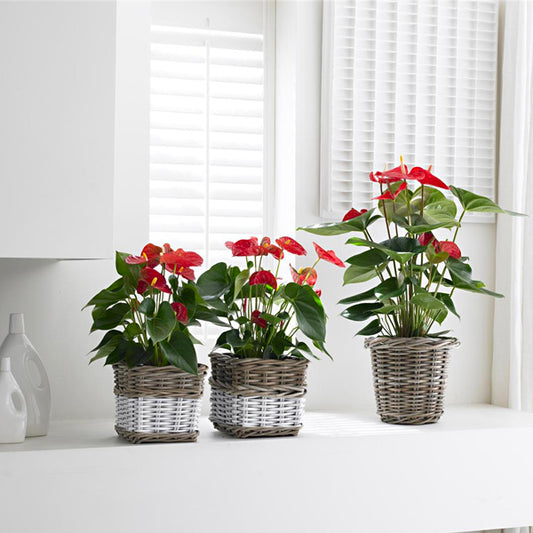Scales are probably the most common insect pest on orchids. There are at least 27 species of scale identified. They are classified as soft scale and hard scale. Fortunately, the hard scale is rarer on orchids but can be identified by its hard brown domes of the adult female.
SYMPTOMS
Soft scale damages the plant by sucking sap from the plant. It also leaves behind a sticky excretion called honeydew. The hard scale does not leave this excretion. A large infestation of males will appear powdery and white. Adult females create larger scales that protect eggs. Soft scale can be found along the underside of leaves, along the stem, and even in the roots and rhizomes. Cattleyas are particularly susceptible to a type of brown soft scale called Boisduval scale. Boisduval scale often appears on the undersides of leaves along the midribs and underneath the sheaths. The hard scale is rarer on orchids but can be identified by its hard brown domes of the adult female.



TREATMENT
Treatment of all pest attack starts with the following:
- Isolate the plant from other plants in your collection.
- Chemical treatment with following on all plants in your collection.
- For a small infestation, you can rub the scale with isopropyl alcohol on cotton to remove them.
When symptoms are detected, spraying with a pesticide such as the following are effective :
- Chemical name: Malathion or Imidacloprid
- Dosage: 1ml per litre of water
Keep the plants drier and isolate the plants to keep the infestation from spreading or appearing again. Isolate the plants and observe the plants for 1-2 weeks. And apply another round of control spray with any of the above chemicals. Spray the plants early morning and keep the plants dry after the spraying. Don't water the plants same day spray treatment is done.
PREVENTION
- Remove old leaf and flower sheaths to eliminate scale hiding places.
- Do regular inspection for pests.
- Immediate treatment if any pest is observed.

